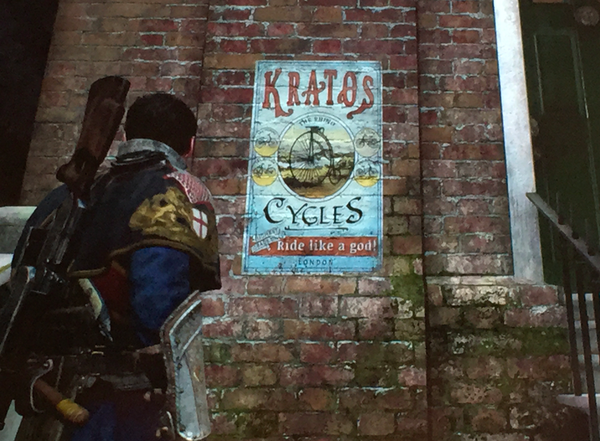Sort of. It was inspired by that work, although the actual implementation is designed around TLoU's ambient+direction lightmap, and differs substantially from the use of spherical harmonics; hemispherical capsule coverage for the ambient component, cone capsule coverage for the directional.
At any rate...
...As I noted above, according to RAD's own presentation, the capsules are positioned and sized using basically the same approach as those in TLoU, which means that just casting AO within their radius would imply that they don't actually cast AO on anything.
Unless you're referring to a second radius that you've inferred outside of the context of RAD's GDC presentation.
What's your source on what The Order is doing? Is there video that clearly demonstrates that the AO isn't directionally aware? I'm curious because the game has the lightmapping methods and low-frequency scene representation to do it, and it seems like it has exactly the sort of visual makeup where you'd want to do it.







